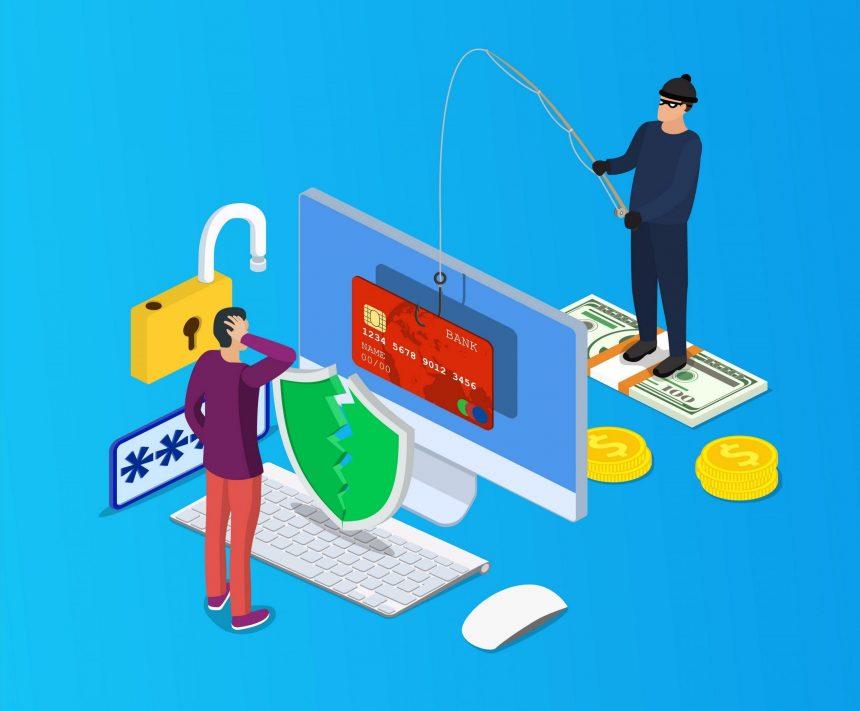PXRECVOWEIWOEI Stealer has emerged as a significant concern for both individual users and organizations. This malware, known for its ability to steal sensitive information, can lead to severe consequences if not addressed promptly. In this article, we will explore the actions and impact of PXRECVOWEIWOEI Stealer, provide a detailed removal guide, and offer best practices to prevent future infections.
Understanding PXRECVOWEIWOEI Stealer
PXRECVOWEIWOEI Stealer is a type of malware categorized as an information stealer. Once it infiltrates a system, it clandestinely collects a wide array of sensitive data, including login credentials, financial information, and personal details. This stolen information can then be sold on the dark web or used for malicious activities, such as identity theft and financial fraud.
Actions and Consequences of PXRECVOWEIWOEI Stealer
Upon infection, PXRECVOWEIWOEI Stealer performs the following actions:
- Data Harvesting: The malware scans the infected system for valuable information, such as usernames, passwords, credit card numbers, and email addresses.
- Data Exfiltration: Collected data is sent to a remote server controlled by cybercriminals.
- Persistence Mechanisms: PXRECVOWEIWOEI Stealer may establish persistence on the system, making it difficult to remove and ensuring it can continue to operate even after reboots.
- System Modifications: It may alter system settings and configurations to facilitate its activities and evade detection.
The consequences of a PXRECVOWEIWOEI Stealer infection can be severe, including:
- Financial Loss: Stolen financial information can be used to conduct unauthorized transactions or drain bank accounts.
- Identity Theft: Personal information can be exploited to create false identities or commit fraud.
- Data Breach: Sensitive business information can be exposed, leading to reputational damage and regulatory penalties.
- Privacy Violation: The theft of personal data compromises the privacy and security of affected individuals.
Detection Names for PXRECVOWEIWOEI Stealer
Various cybersecurity vendors may identify PXRECVOWEIWOEI Stealer under different names. Some common detection names include:
- Trojan.Pxrecvowe
- Infostealer.PXRecv
- Win32/Stealer.PXRecv
- Malware.PXRecv
Similar Threats
PXRECVOWEIWOEI Stealer shares characteristics with other information stealers, such as:
- Emotet: Originally a banking Trojan, Emotet evolved into a full-fledged information stealer and malware distributor.
- TrickBot: A modular banking Trojan that also functions as an information stealer.
- Agent Tesla: A keylogger and information stealer capable of extracting data from web browsers, email clients, and FTP servers.
Removal Guide for PXRECVOWEIWOEI Stealer
Step 1: Disconnect from the Internet
To prevent further data exfiltration, immediately disconnect the infected device from the internet.
Step 2: Boot into Safe Mode
- Restart your computer.
- Press F8 (or the appropriate key for your system) before Windows starts.
- Select “Safe Mode with Networking” from the advanced boot options menu.
Step 3: Identify and Terminate Malicious Processes
- Press Ctrl + Shift + Esc to open Task Manager.
- Look for suspicious processes related to PXRECVOWEIWOEI Stealer (e.g., unknown executables, high CPU usage).
- Right-click and select “End Task” for these processes.
Step 4: Delete Malicious Files
- Open File Explorer and navigate to common malware locations such as:
- C:\Users[Your Username]\AppData\Local
- C:\Users[Your Username]\AppData\Roaming
- C:\ProgramData
- Search for and delete any files or folders related to PXRECVOWEIWOEI Stealer.
Step 5: Remove Registry Entries
- Press Win + R, type “regedit,” and press Enter to open the Registry Editor.
- Navigate to the following keys:
- HKEY_CURRENT_USER\Software\Microsoft\Windows\CurrentVersion\Run
- HKEY_LOCAL_MACHINE\SOFTWARE\Microsoft\Windows\CurrentVersion\Run
- Look for entries related to PXRECVOWEIWOEI Stealer and delete them.
Step 6: Clean Temporary Files
- Press Win + R, type “temp,” and press Enter.
- Delete all files in the Temp folder.
- Repeat the process for “%temp%” and “prefetch” folders.
Step 7: Perform a Full System Scan
Use Windows Defender or your preferred antivirus software to conduct a comprehensive system scan and remove any remaining threats.
Best Practices for Preventing Future Infections
- Keep Software Updated: Regularly update your operating system, software, and applications to patch vulnerabilities.
- Use Strong Passwords: Create complex, unique passwords for different accounts and enable multi-factor authentication.
- Be Cautious with Emails: Avoid opening email attachments or clicking on links from unknown or suspicious sources.
- Install Security Software: Use reputable antivirus and anti-malware software and keep it updated.
- Regular Backups: Regularly back up your important data to an external drive or cloud storage.
- Educate Yourself: Stay informed about the latest cyber threats and learn how to recognize phishing attempts and other malicious activities.
By following these guidelines and remaining vigilant, you can protect your system from the PXRECVOWEIWOEI Stealer and similar cyber threats. Regular maintenance and awareness are key to ensuring the security of your digital environment.





